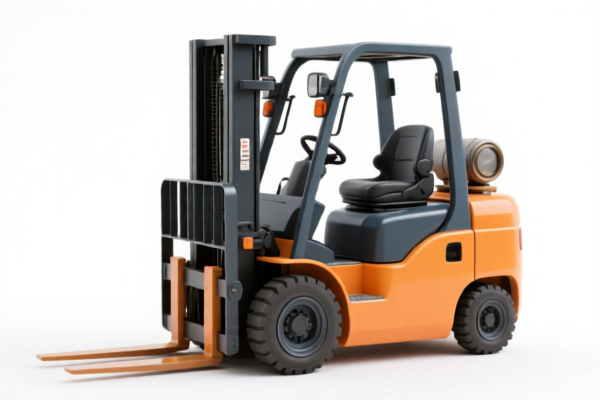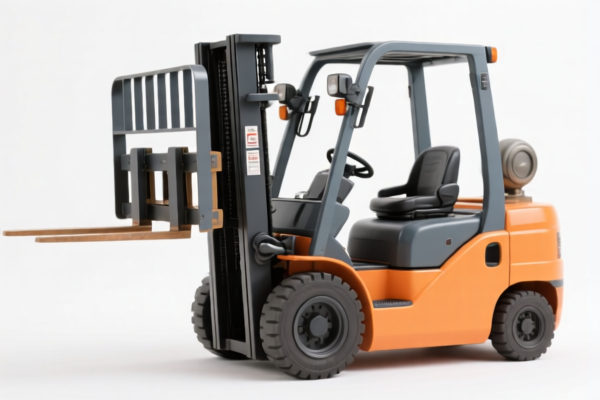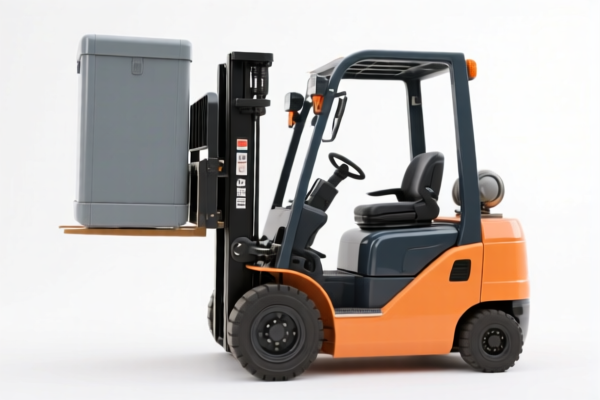| HS Code | Official Doc | Tariff Rate | Origin | Destination | Effective Date |
|---|---|---|---|---|---|
| 8535300080 | Doc | 57.7% | CN | US | 2025-05-12 |
| 8535904000 | Doc | 57.7% | CN | US | 2025-05-12 |
| 8537109120 | Doc | 57.7% | CN | US | 2025-05-12 |
| 8537109160 | Doc | 57.7% | CN | US | 2025-05-12 |
| 8538908160 | Doc | 58.5% | CN | US | 2025-05-12 |
| 8538904000 | Doc | 58.5% | CN | US | 2025-05-12 |
| 8536410020 | Doc | 57.7% | CN | US | 2025-05-12 |
| 8536410045 | Doc | 57.7% | CN | US | 2025-05-12 |
| 3926906010 | Doc | 59.2% | CN | US | 2025-05-12 |
| 8479899599 | Doc | 57.5% | CN | US | 2025-05-12 |
| 8487100040 | Doc | 55.0% | CN | US | 2025-05-12 |
| 8487100080 | Doc | 55.0% | CN | US | 2025-05-12 |




Lifter Switch
A lifter switch is a specialized electrical switch used to control the operation of a lifter, typically found in applications involving hoisting, lifting, and positioning of heavy objects. These switches are designed for safety and precision in controlling vertical movement.
Material:
- Housing: Typically constructed from durable plastics (like nylon or polycarbonate) or metals (like steel or aluminum) to withstand harsh industrial environments.
- Contacts: Commonly made of silver cadmium oxide or other durable alloys for reliable electrical conductivity and resistance to arcing.
- Actuator: Materials vary depending on the switch type, including stainless steel, hardened plastics, or other robust materials.
Purpose:
The primary purpose of a lifter switch is to provide a secure and controlled means of raising, lowering, and stopping a lifting mechanism. They are crucial for preventing accidental operation and ensuring operator safety.
Function:
Lifter switches function by interrupting or completing an electrical circuit that powers the lifter's motor. They often incorporate features like:
- Momentary Operation: Require continuous pressure to maintain the lifting or lowering action. Releasing the pressure stops the movement.
- Maintained Operation: Stay in the activated position until manually released, allowing for controlled, sustained lifting or lowering.
- Emergency Stop Functionality: Many lifter switches include an emergency stop button that immediately cuts power to the lifter in hazardous situations.
- Multiple Contacts: Some switches feature multiple sets of contacts for interlocks and safety circuits.
Usage Scenarios:
- Industrial Hoists: Controlling the lifting and lowering of materials in factories, warehouses, and construction sites.
- Overhead Cranes: Managing the vertical movement of heavy loads.
- Vehicle Lifts: Used in automotive repair shops to raise and lower vehicles.
- Scissor Lifts: Controlling the platform height in construction and maintenance applications.
- Elevators and Dumbwaiters: Although more sophisticated controls are used, basic lifter switches can be found in some older or simpler systems.
- Stage Lifts: Controlling the movement of scenery and performers in theaters.
Common Types:
- Pendant Switches: Handheld switches connected to the lifter via a cable, providing operator mobility. These are common in industrial hoist applications.
- Foot Switches: Operated by foot, allowing hands-free control. Often used in applications where constant operation is required.
- Joystick Switches: Provide more precise control over lifting and positioning, often used in complex lifting systems.
- Toggle Switches: Simple on/off switches for basic lifting and lowering functions.
- Magnetic Switches: Used in applications where remote control or automated operation is desired.
- Rotary Switches: Allow for multiple lifting speeds or directions.
Based on the provided information, “lifter switch” can be classified under several HS codes, depending on its voltage and specific function. Here's a breakdown:
- 8535300080: This code covers electrical apparatus for switching or protecting electrical circuits exceeding 1,000 V, specifically isolating switches and make-and-break switches. If the lifter switch operates at a voltage above 1,000 V and functions as an isolating or make-and-break switch, this is the appropriate classification. The total tax rate is 57.7% (Base tariff: 2.7%, Additional tariff: 25.0%, Post-April 2, 2025, additional tariff: 30.0%).
- 8536410020: This code applies to relays for voltages not exceeding 60 V, specifically those with contacts rated at less than 10 A and are electromechanical. If the lifter switch is a relay operating at 60 V or below, this code is applicable. The total tax rate is 57.7% (Base tariff: 2.7%, Additional tariff: 25.0%, Post-April 2, 2025, additional tariff: 30.0%).
- 8536410045: This code covers relays for voltages not exceeding 60 V, specifically contactors. If the lifter switch is a contactor operating at 60 V or below, this code is applicable. The total tax rate is 57.7% (Base tariff: 2.7%, Additional tariff: 25.0%, Post-April 2, 2025, additional tariff: 30.0%).
Important Considerations:
- Voltage Specification: The voltage of the lifter switch is crucial for correct classification. Switches operating above 1,000 V fall under 8535300080, while those at 60 V or below are classified under 8536410020 or 8536410045.
- Functionality: Determine if the switch functions as an isolating/make-and-break switch (8535300080) or a relay/contactor (8536410020/8536410045).
- Contact Rating: For relays (8536410020), ensure the contact rating is less than 10 A.
Customer Reviews
No reviews yet.